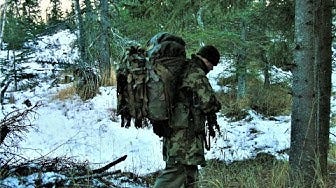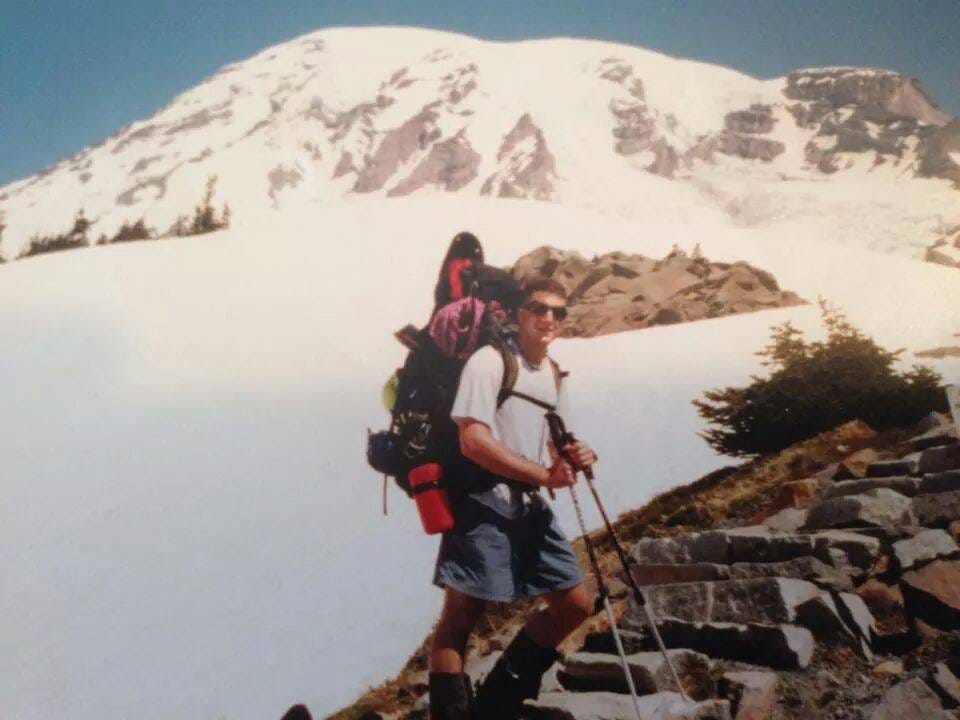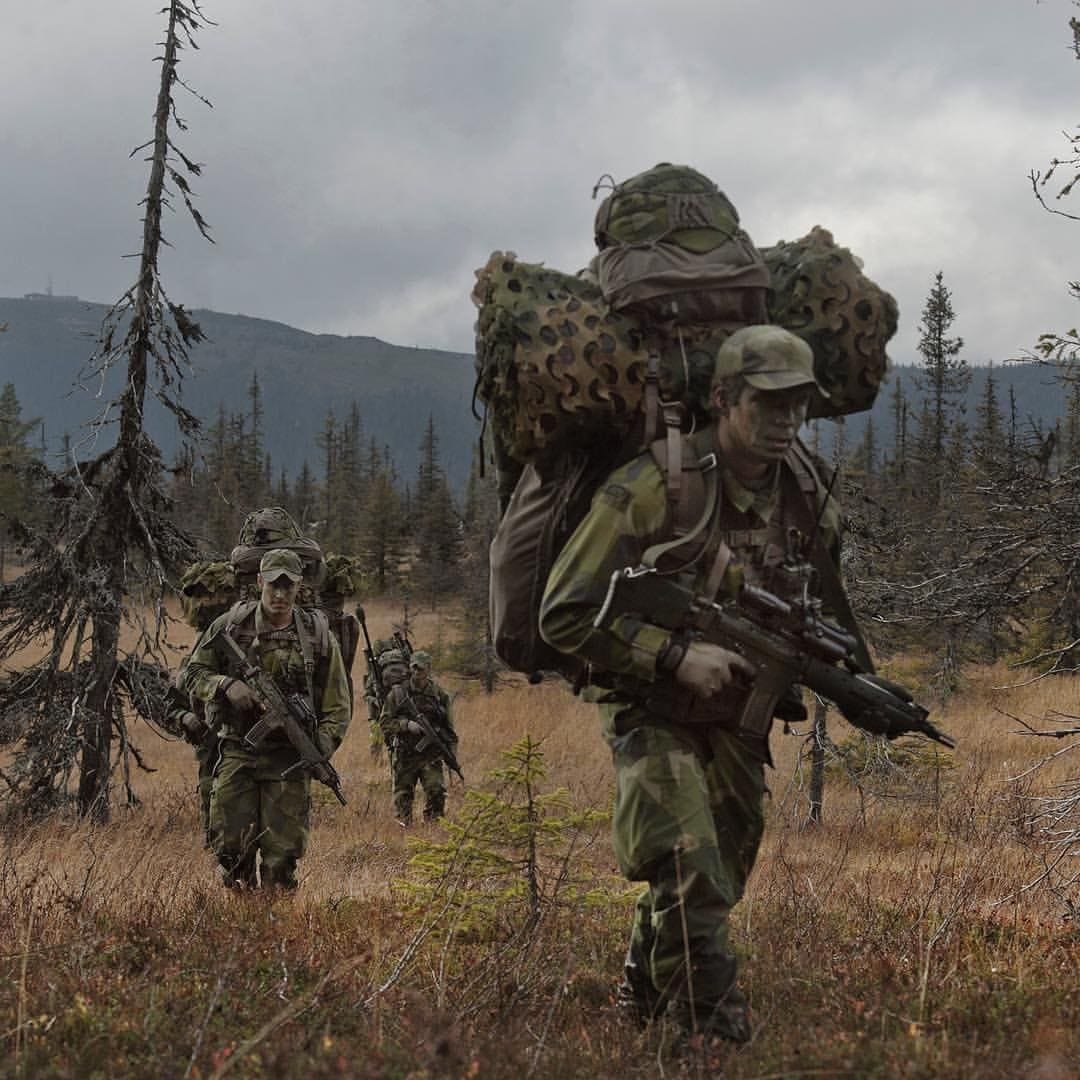That’s right, if you follow my buddy Ivarr Bergmann then I’m sure you’ve heard this phrase a few times!
Yup, the dreaded rucksack and all that needs to go in it to sustain oneself for the duration of the planned outing and to carry the tools needed to accomplish what you have set out to do. You’d think it would be simple, right? But sometimes it isn’t. The most common comment or question I see out there with kit is “what does all of that weigh?”. Fair enough question to ask I suppose. But I’m going to come at this from 2 different points of view based on my own experiences.
I come from a mountaineering background where, depending on the trip, you may have to deal with carrying large loads to be able to complete an objective. My first climbing trip to Mount Rainier required carrying a 90lb pack half way up the mountain to establish a basecamp for a self supported climbing trip. This included moving food, fuel, climbing gear, mountaineering tent, zero degree sleeping bag, and everything else required to make the climb a go.
Sometimes it required a base camp for working several objectives out of, like multiple climbs out of one camp…
Trips like this required specialized gear to make the climbing safe and successful. Sure we could have cut back on food, maybe planned on easier climbing routes, used lighter gear (which wasn’t necessarily available at that time), or been less ambitious in our undertaking, but doing so may have increased our risk vs reward factor in a direction not in our favor.
Now let’s look at it from the Minuteman’s perspective…
Mission is going to dictate gear, whether it's a mountaineering trip or a 3 day patrol. Time of year, location, experience, age, group size, fitness, support (if any), purpose, etc... I just don't think you can have a hard number for weight or even a percentage just because of all the variables you know, METT-TC and all, lol... I know y’all hate hearing it, but MISSION DRIVES GEAR. Think of your Minuteman kit in terms of a "fighting load vs approach load". I think this is why it's important to establish a baseline kit for both your fighting load, sustainment load, and then have separate "mission modules" for add ons. Mission modules can be any number of mission specific kits based on mission parameters.
Take for example a 3-day patrol manning an OP/LP with a several mile approach. What gear does this require and how much of it? For manning an OP/LP you probably want a spotting scope or higher power binoculars, NVD and thermal ability, camera equipment, appropriate radio gear, sketch pad, hide kit, maybe pruning shears/saw/e-tool, warm and wet kit, etc… This all has certain weight to it and takes up a certain amount of space. Then you need to identify possible threats, the time of year, terrain, contingency plans, etc… This is all going to determine the load that NEEDS TO BE CARRIED in order to successfully carry out the assignment. And don’t forget, “operating” as an irregular or Guerrilla force means you lack the logistical reach of a state sponsored military force, so you are much more likely to be unsupported to a certain degree and this means heavier loads for the guys in the field.
Are there certain pieces of kit that have lighter alternatives, sure, and those cost money. So can you get setup with a lighter bag, shelter kit, pad, cook setup, and such? Absolutely you can. But I don't know how much of a priority that is for me. If I'm setting up an OP for 3 days with a lengthy approach then there is just certain gear that has to come along to help make the mission a success. Just like if I'm climbing a certain mountain route that requires certain gear to increase the chances of success. There's just no way I'm gonna sit and weigh stuff debating if i can take it or not due to its weight.
Then that brings us to another component that isn't discussed much and that's the risk vs reward aspect of trimming kit down too much. There has to be a certain spot (it's different for all of us) where we feel comfortable AND are effective with what we carry and if we carry too much or too little then we increase our risk exposure. I guess it really comes down to constantly and consistently getting out in the field and shaking out not just kit, but yourself too.








